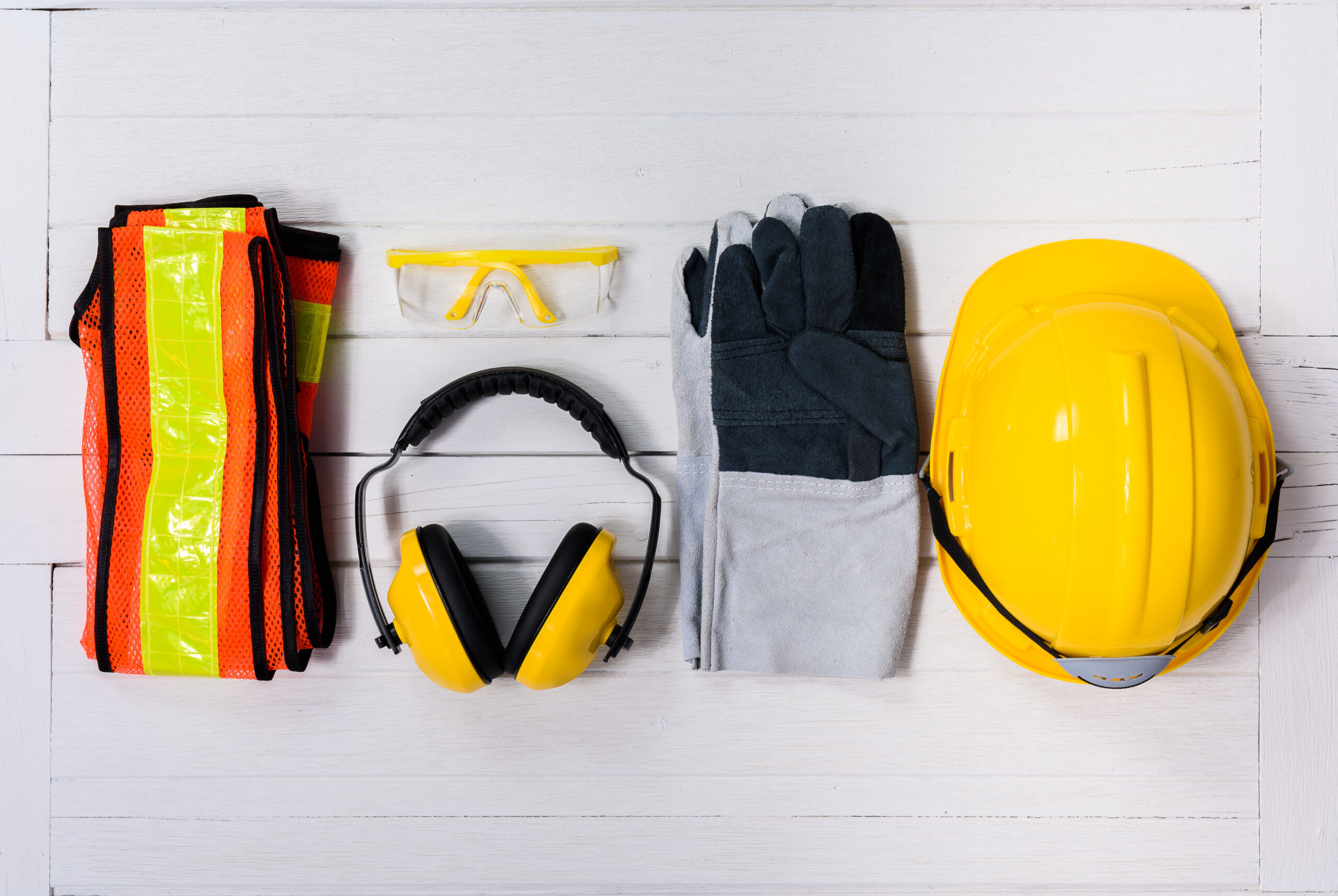News
Prioritizing Workplace Safety Within the Electrical Manufacturing Industry
In 2021 alone, hundreds of employees in the electrical manufacturing industry lost their lives due to preventable injuries at the workplace. Every year about 4.6 million workers across all industries receive injuries that require them to visit a medical professional. Creating a safe work environment is important for both businesses and employees. If an employee gets hurt, it will impact every aspect of their life. For employers, a worksite injury means lost time, low team morale, and a spike in insurance rates.
Cultivating safe working conditions is key to supporting the long-term success of a business. Establishing safety procedures and implementing proper training limits injuries while maximizing productivity, boosting team morale, and shrinking operational costs.
At Power Assemblies, we recognize the gravity of workplace safety and highlight safe work practices within our manufacturing facilities. We believe in prioritizing our team members’ health and well-being and support our clients in their efforts to mitigate risks and maintain a safe workspace. In this blog, we’ll discuss the top threats to worker safety and share our tips for protecting your workforce.
Promoting Safety in Electrical Manufacturing
Experts predict that 10 preventable workplace injuries occur every minute. Almost 33% of accidents can be attributed to overexertion from trying to carry things that are too heavy. The next 25% of injuries are caused by direct contact with equipment. Employers can tackle these hazards by implementing safety precautions and raising awareness among employees. Training employees in techniques such as how to safely lift products and effectively operate equipment can significantly reduce the risk of overexertion and direct contact injuries.
Slips and falls, contact with harmful chemicals, and heat exhaustion cause multiple preventable injuries each year. A great way to help stop your team from overheating is to ensure adequate ventilation, provide water, and offer regular breaks. Carefully handling and storing chemicals, paired with the use of personal protective equipment (PPE) reduces injuries caused by chemical exposure, while slips and falls can often be avoided by following protocols to keep floors on the job site clean and dry.
In our facilities, each employee is provided with their own PPE kit that includes gloves, glasses, and a dust mask. Each member of our fabrication team receives training in equipment, so they know how to properly shut down and store machines after each use. This makes it less likely for our team to get hurt by equipment and ensures that our machinery stays in mint condition. Our employees also take several scheduled breaks throughout the day to stay hydrated and well-rested.
Encouraging employees to report hazards is another great way to cultivate safe working conditions. Identifying and reporting hazards allows for quick resolution to avoid hazards that may lead to accidents. This could include adjusting processes, providing additional training, or implementing safety measures to handle hazards before they escalate.
Warehouse safety regulations are created and enforced by OSHA (Occupational Safety and Health Administration), a sector of the U.S. Department of Labor responsible for protecting workers’ safety. For example, there are specific regulations that we follow to preserve the safety of our team. Only employees who are forklift certified are authorized to operate in our facilities. We also make sure that our forklifts are regularly maintained to avoid breakdowns that could endanger our team.
We hold training courses to educate our employees on what an appropriate load is, so as not to exceed the weight limits. We also follow regulations such as ensuring plenty of ventilation to steer clear of exhaust fumes.
While manufacturing our innovative power solutions, our Assemblers need to safely work around electrical equipment. All our gear is effectively grounded to avoid shocks. Grounding involves providing equipment with a path of low resistance so that electrical faults can safely dissipate into the ground. To learn more about grounding, and the different methods of ground, read our previous blog: Understanding Electrical Grounding: Standard, Reverse Ground, and Reverse Ground + Neutral.
As a manufacturer of portable power equipment, the safety of our product’s users is of the utmost importance. When creating products such as our CAM Lock Connection Boxes only industry standard parts such as a NEMA 3R enclosure and CSA-approved components are used in our equipment. All our equipment is meticulously factory tested to ensure that it’s ready to install and safely use.
At Power Assemblies, safety isn’t just a priority – it’s a core value that influences everything we do. If you’re interested in becoming a distributor of our heavy-duty portable power equipment, please contact us at [email protected] or give us a call at (866)-825-8525.

